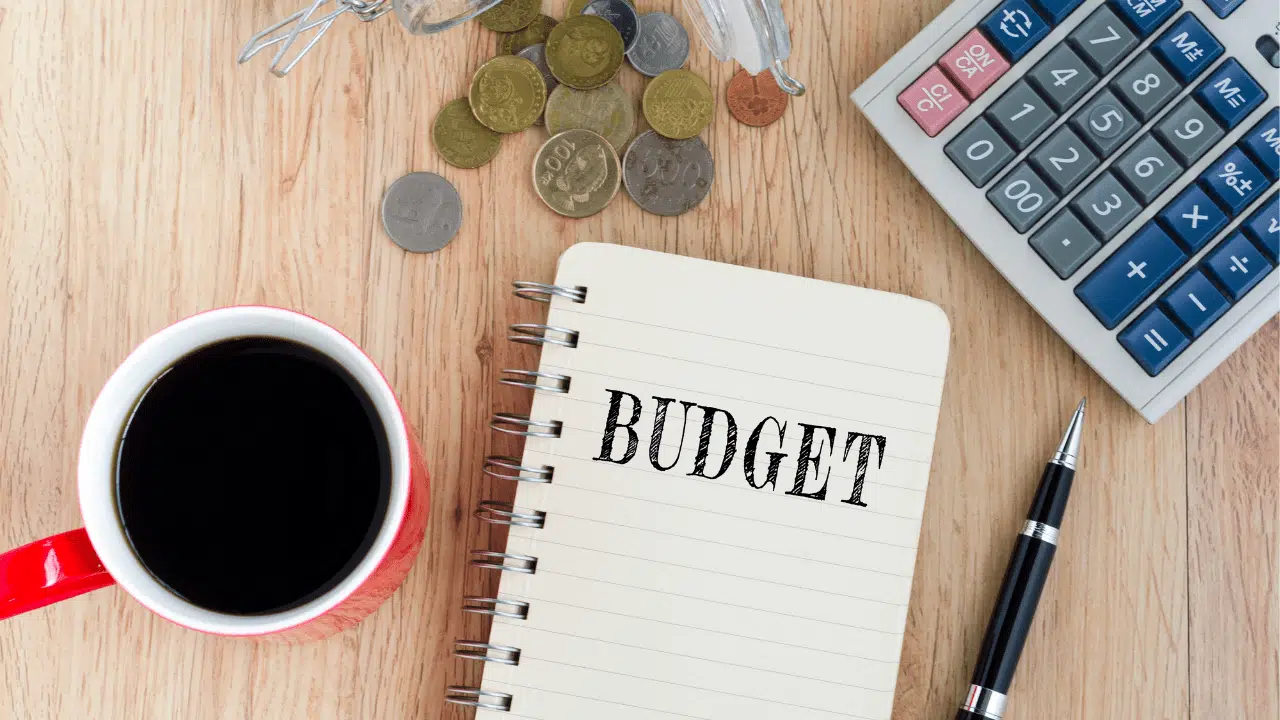Budgeting is an important part and first step of your financial journey and independence. Having a successful budget can make managing your finances and life easier and less stressful.
Whether you're trying to save for a big purchase like a house or a vacation, or simply trying to organize your finances so you know where each dollar is going every month, there's a budget method tailored for you.
Let's go over the 5 main budgeting methods to help you determine which one is the best fit for you.
1. The Zero-Based Budget
The zero based budget is easy to understand and simple to put into practice. The concept is that income minus expenses = $0.
This style of budgeting is perfect for someone who has a set income every month, or who can reasonably estimate their income every month. Once you have your income and expenses laid out, disperse your income between expenses, savings, and debt until you reach a zero balance.
With this budgeting style, you will need to have your expenses planned out as accurately as possible. Overspending in one category or forgetting a large purchase could throw the whole budget off.
If you're looking to start implementing this budget, it may be a good idea to begin by tracking your expenses for a few months. That way, you can get a feel for organizing all of your expenses, debt, and savings into the zero based style. For a simple budget sheet you can use the one I use myself here.
2. Pay Yourself First Budget
This is another fairly simple budgeting style that focuses mainly on savings and debt repayment.
For this method, you set aside a certain amount every month specifically for debt and savings, and the rest of your income is for you to use as you see fit.
You'll most likely want to start with your debt that has the highest interest while building an emergency fund.
It's still important to prioritize other expenses, but you don't need to focus as heavily on distributing your income because you've already allocated funds to the most important places.
This budgeting method is perfect for someone who is wanting to focus more on savings and debt and doesn't want to have to track every expense.
Ready to make your first budget?
Enter your email and get the free template
3. Envelope System Budget
This budgeting method is similar to the zero based budget except for the fact that everything is done with cash. With this method, you still track all of your expenses every month and allocate cash for those expenses and put it in an envelope. When it's time to withdraw the amount, you simply remove it from its designated envelope.
If you're doing something like grocery shopping, bring your grocery envelope with you and use the money in there that you've allocated for that purpose.
If you run out of cash in an envelope, that's all you get unless you take cash from another envelope. Avoid doing this though since you could find yourself in a bind if you really needed that money that you removed.
This method is perfect for someone who is comfortable using cash, and may not be a great method for someone who prefers credit and debit cards.
4. The 50/30/20 Budget
This is a more straightforward budgeting method and is less work than the zero based budget and envelope budgeting methods.
How I make $11,000 per year renting out my spare rooms?
Get access to my FREE guide now.
All you need to do is split your income into three categories:
Necessary Expenses (Needs): 50%
Discretionary Expenses (Wants): 30%
Savings and Debt: 20%
This is a great budget for beginners because it doesn't require you to track each individual expense. As long as you understand the difference between your needs and wants, you will succeed with this budget.
This budget may not work so well for people who are aiming primarily for savings and debt because 20% is not a lot of income to allocate. The good news is that you can customize the budget and change the percentages to match your needs.
5. The \”No\” Budget
The main idea of this budgeting method is to not spend money you don't have. It's not technically a budget, you just need to make sure to do these things:
- Keep an eye on your checking account balance: Use a budgeting app like Mint to track your expenses
- Memorize when recurring bills will be charged to your account: Some companies will let you customize the day that your bills hit your account, so try to line those up as much as possible so that you don't have to remember as many dates
- Set aside some cash for savings and debt: automate your savings and debt payments to be transferred out of your checking account. Make sure you're making as large of a payment on credit cards as possible to avoid interest charges.
- Spend what's left without overdrafting your account: this is where it's really important to keep an eye on your bank account so that you know how much extra money you have left after you've paid all expenses.
Even though this method is easier than the other methods, it requires a lot of self control. If you struggle with impulse purchases and have a hard time saying no to yourself, this budget may not be for you.
A debit card is ideal for this budgeting method because it's tied directly to your checking account and you can easily keep an eye on the updated balance.
How I make $11,000 per year renting out my spare rooms?
Get access to my FREE guide now.
